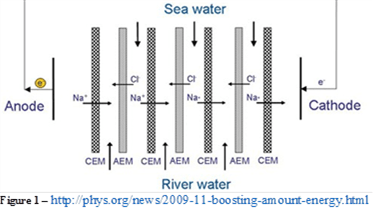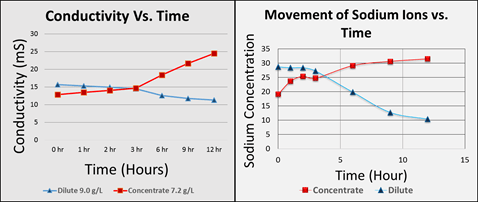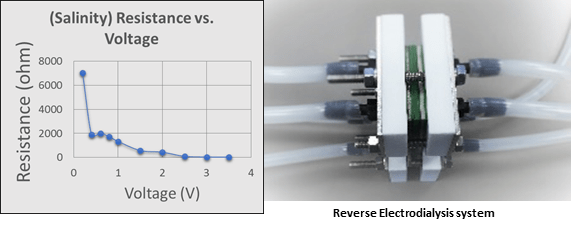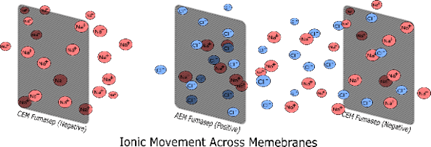The Impact of Sodium Concentrations on Reverse Electrodialysis Designs
Student: Chase Smith
Major Professor: Dr. Jamie Hestekin
Research Area(s):
Biological Materials & Processes
Background/Relevance
- A Reverse Electrodialysis (RED) system’s purpose is to generate electricity through the movement of ions across ion-exchange membranes. These setups make use of salinity gradient energy. They are necessary in their contribution to clean renewable energy.
.
Innovation
-
Theoretically, closer salinity solutions have the potential for lower resistances than that of salt water and fresh water. Running tests on these different concentrations will improve understanding on the dilute resistance effect.

Approach
- Create a thin single cell system using Fumasep membranes with sodium feeds. Make use of different designs to limit the shadow effect on the membranes while maintaining membrane permselectivity.
- Used a potentiostat and DC power supply to apply voltage and/or current to perform stability checks on the RED setup.
- Run Atomic Absorption on all samples.
- Prove that salinity solutions of 7.2 g/L and 9.0 g/L will allow RED to maintain integrity while improving resistance.

Key Results
- Salinities over 7.2 g/L shows a max open circuit potential of 940 mV.
- Activation of Fumasep membranes must be performed in required solutions.
- RED design displays peak performances with flows between 60 and 80 mL/min.
- Internal leakage starts to occur at flows greater than 80 mL/min.
- Renal Vein RED displays an exponential movement of ions after 3 hours of upscaling of the system.

Conclusions
- Conductive spacers reduce resistance by lessening the shadow effect on membranes, yet they are to be prone to external and internal leakage.
- Systems with a low salinity concentration solution (fresh water) holds prolonged integrity during upscaling, but with greater resistance. System demonstrates greater ion movement with shorter distances between membranes.
-
Results show that applying similar salinity solutions greatly reduces the resistance within the system.

